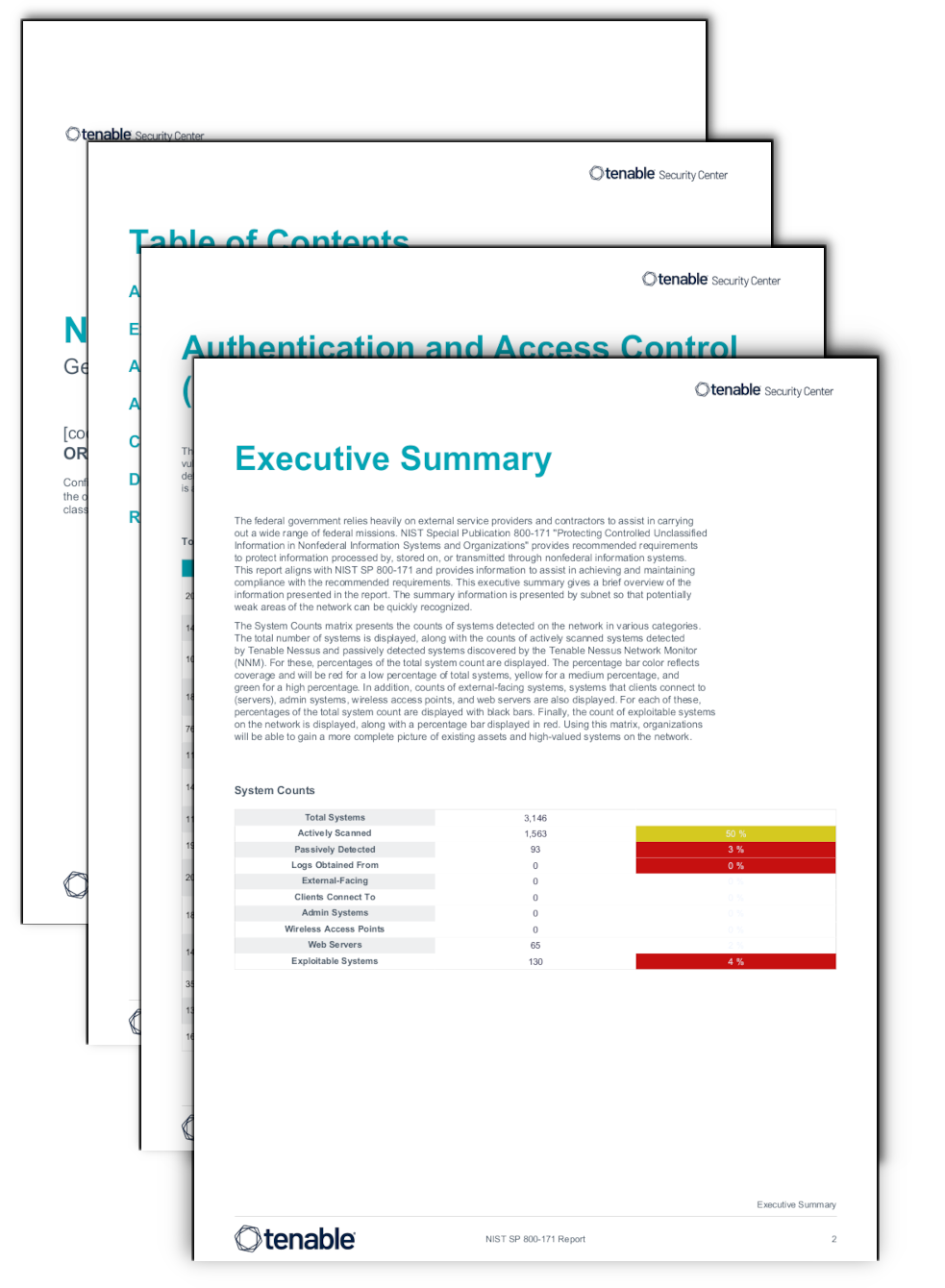by Cody Dumont
October 10, 2016

The task of safeguarding a network in today's world is a formidable one. Mobile devices plus an increasing dependence on the internet make maintaining control of network systems and data a nearly impossible job. The continuing discovery of product vulnerabilities and the advent of malware toolkits ensure that networks are bombarded by increasingly sophisticated attacks. Poor asset management, misconfigurations, inadequate user access controls, and insufficient network monitoring increase the risk that critical systems and sensitive data will be compromised.
The federal government relies heavily on external service providers and contractors to assist in carrying out a wide range of federal missions. Sensitive but unclassified federal information is routinely processed by, stored on, or transmitted through nonfederal information systems. Failing to properly protect this Controlled Unclassified Information (CUI) could impact the ability of the federal government to successfully carry out required missions and functions.
The National Institute of Standards and Technology (NIST) created Special Publication 800-171 "Protecting Controlled Unclassified Information in Nonfederal Information Systems and Organizations" to provide recommended requirements for protecting the confidentiality of CUI. Federal agencies should use these requirements when establishing contracts and agreements with nonfederal entities that process, store, or transmit CUI.
This report aligns with the NIST SP 800-171 recommended requirements and provides information to assist in achieving and maintaining compliance. Using this report, organizations can better monitor inventory, manage vulnerabilities, and assess configuration compliance, both overall and in specific areas. Data on mobile devices and removable media is presented, as well as wireless and remote access activity. User information, such as users performing administrative actions and users talking externally, can assist in understanding and controlling user access. Information on suspicious activity, such as suspicious logins, intrusion activity, hosts communicating with known bad IP addresses, and hosts infected with malware assists in identifying potential network compromises. An organization can use the information presented in this report to better secure and monitor the network. These improvements will enable better defenses against attacks and responses to malicious activity, and ultimately safeguard critical assets and sensitive data.
This report is available in the Security Center Feed, a comprehensive collection of dashboards, reports, Assurance Report Cards, and assets. The report can be easily located in the Security Center Feed under the category Compliance & Configuration Assessment. The report requirements are:
- Security Center 5.4.0
- Nessus 8.4.0
- NNM 5.9.0
- Compliance data
Tenable Security Center is the market-defining continuous network monitoring solution, and can assist an organization in knowing, managing, and securing the network. Active scanning periodically examines devices to determine vulnerabilities and compliance concerns. Agent scanning enables detection and scanning of transient devices. Passive listening collects data to continuously detect devices and monitor network connections and activity. Host data and data from other security investments is collected and analyzed to monitor activity, identify new assets, and detect anomalies and malicious behavior. Tenable Security Center provides an organization with the most comprehensive view of the network, and the intelligence needed to safeguard critical assets and sensitive data.
The report contains the following chapters:
- Executive Summary: This chapter gives a brief overview of the compliance, vulnerability, and network activity information presented in the rest of the report
- Authentication and Access Control (3.1, 3.5): This chapter aligns with the Access Control (section 3.1) and Identification and Authentication (section 3.5) families of security requirements in NIST SP 800-171. The information in this chapter will assist the organization in securing and monitoring information system access, and enforcing strong authentication.
- Audit and Monitoring (3.3, 3.14): This chapter aligns with the Audit and Accountability (section 3.3) and System and Information Integrity (section 3.14) families of security requirements in NIST SP 800-171. The information in this chapter will assist the organization in monitoring the information system, recognizing suspicious activity that may require further investigation, and detecting attacks.
- Configuration Management (3.4): This chapter aligns with the Configuration Management family of security requirements in NIST SP 800-171 (section 3.4). The information in this chapter will assist the organization in maintaining inventories, hardening systems, and verifying that security policies are being enforced.
- Incident Response (3.6): This chapter aligns with the Incident Response family of security requirements in NIST SP 800-171 (section 3.6). Organizations will be able to use the information presented in this chapter to understand current weaknesses and how to fix them, detect compromised hosts, and track incident response activity.
- Data Protection (3.8, 3.13): This chapter aligns with the Media Protection (section 3.8) and System and Communications Protection (section 3.13) families of security requirements in NIST SP 800-171. The information in this chapter will assist an organization in monitoring for data leakage and identifying data protection vulnerabilities and compliance concerns.
- Risk Assessment (3.11, 3.12): This chapter aligns with the Risk Assessment (section 3.11) and Security Assessment (section 3.12) families of security requirements in NIST SP 800-171. The information in this chapter will assist an organization in identifying vulnerabilities, prioritizing remediations, and tracking remediation progress.